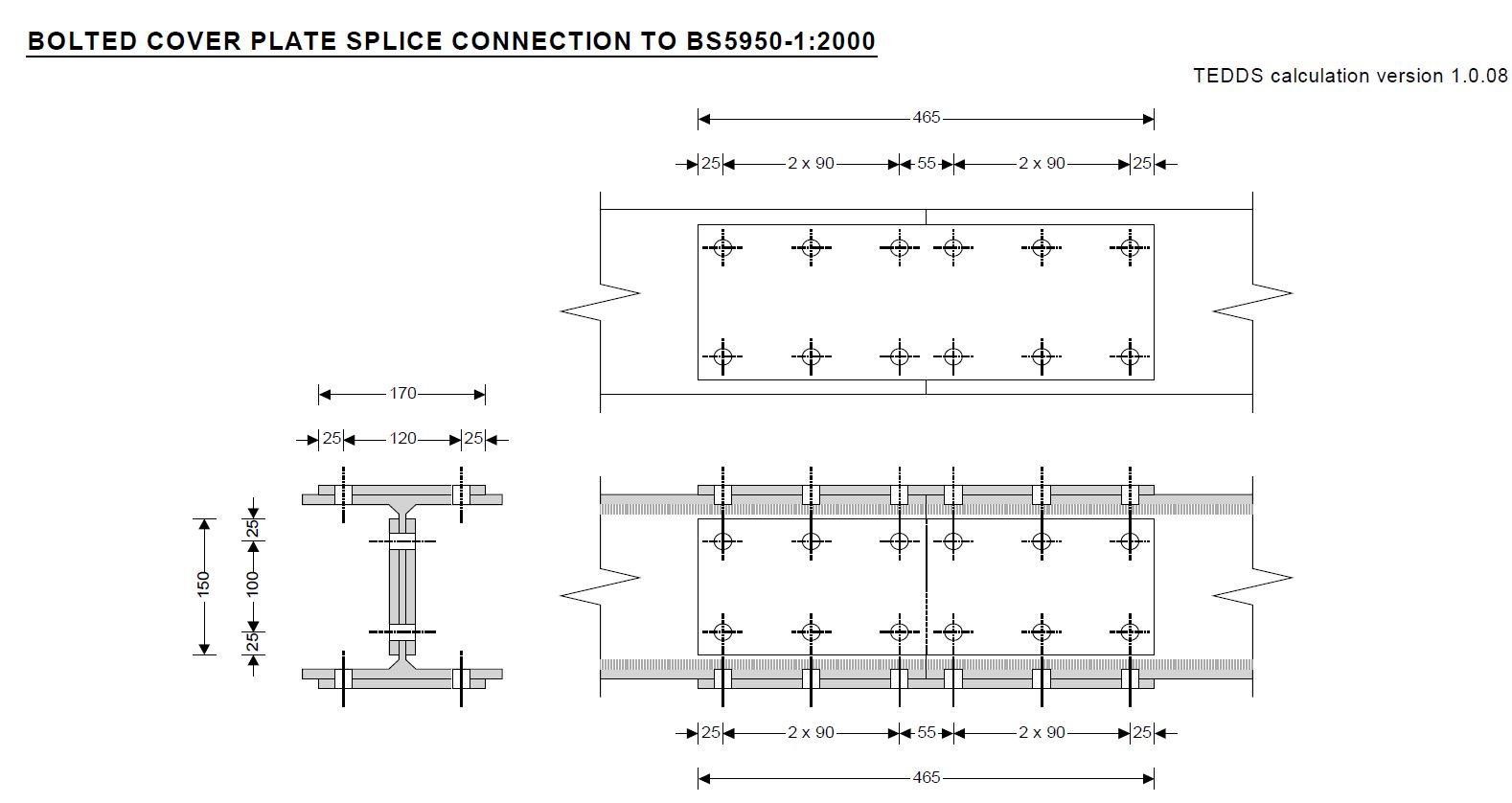10 Beam Calculations For Easy I

When it comes to beam calculations, understanding the fundamental principles behind the behavior of beams under various loads is crucial for any engineering or construction project. Beams are structural elements that withstand loads from any direction, and their ability to resist bending, shear, and torsion depends on their material properties, cross-sectional dimensions, and the support conditions at their ends.
Here, we’ll delve into 10 beam calculations that are essential for designing and analyzing beams in a variety of applications. These calculations range from simple to complex and cover different types of loads and supports.
1. Simply Supported Beam with Point Load
A simply supported beam with a point load at its center is a basic scenario. The maximum bending moment (M) and deflection (Δ) can be calculated as follows: - Bending moment: (M = \frac{P \times L}{4}) - Deflection: (\Delta = \frac{P \times L^3}{48 \times E \times I})
Where: - (P) is the point load, - (L) is the length of the beam, - (E) is the modulus of elasticity of the beam material, - (I) is the moment of inertia of the beam’s cross-section.
2. Cantilever Beam with Uniformly Distributed Load
For a cantilever beam with a uniformly distributed load (q) along its length, the maximum bending moment and deflection are: - Bending moment: (M = \frac{q \times L^2}{2}) - Deflection: (\Delta = \frac{q \times L^4}{8 \times E \times I})
3. Fixed-Fixed Beam with Point Load
In the case of a beam fixed at both ends and subjected to a point load at its center, the maximum bending moment and deflection can be determined using: - Bending moment: (M = \frac{P \times L}{8}) - Deflection: (\Delta = \frac{P \times L^3}{192 \times E \times I})
4. Simply Supported Beam with Uniformly Distributed Load
The maximum bending moment and deflection for a simply supported beam under a uniformly distributed load are: - Bending moment: (M = \frac{q \times L^2}{8}) - Deflection: (\Delta = \frac{5 \times q \times L^4}{384 \times E \times I})
5. Beam with Overhanging Ends
Beams with overhanging ends can experience different loading conditions on each span. The reactions at the supports, bending moments, and deflections need to be calculated considering the equilibrium of the beam.
6. Torsion in Beams
For beams subjected to torsional loads, the torsional moment (T) can cause shear stresses. The angle of twist (θ) can be calculated using: - (\theta = \frac{T \times L}{G \times J})
Where: - (G) is the shear modulus, - (J) is the polar moment of inertia for circular sections or the torsional constant for other shapes.
7. Composite Beams
Composite beams, made from different materials (e.g., steel and concrete), require calculations considering the transformed section method to account for the difference in material properties.
8. Dynamic Loading on Beams
Beams under dynamic loads require analysis of their natural frequencies and mode shapes to avoid resonance and ensure structural integrity.
9. Stress Concentration Factors
In beams with notches, holes, or other discontinuities, stress concentration factors must be considered to accurately determine the maximum stresses.
10. Ultimate Load Capacity
Calculating the ultimate load capacity of a beam involves determining the plastic moment capacity and checking for failure due to bending, shear, or a combination of both.
These beam calculations highlight the complexity and variety of analyses required for designing safe and efficient beam structures. Each scenario demands careful consideration of loading conditions, material properties, and geometric configurations to ensure the beam can withstand the expected stresses without failure.
What is the primary consideration when calculating the load capacity of a beam?
+The primary consideration is understanding the type of load (point load, uniformly distributed load, etc.) and the support conditions (simply supported, fixed, etc.) of the beam, as these factors significantly affect the bending moment and shear force calculations.
How does the cross-sectional shape of a beam affect its load-carrying capacity?
+The cross-sectional shape affects the moment of inertia (I) and the section modulus (Z) of the beam, which are critical in determining the beam's resistance to bending. For example, an I-beam has a higher moment of inertia about its major axis than a rectangular beam of the same cross-sectional area, making it more efficient in resisting bending loads.
In conclusion, beam calculations are fundamental to structural engineering and involve a deep understanding of the principles of mechanics of materials, including bending, torsion, and shear. By accurately performing these calculations, engineers can design beams that are safe, efficient, and capable of withstanding various types of loads, ensuring the integrity and longevity of structures in a wide range of applications.

